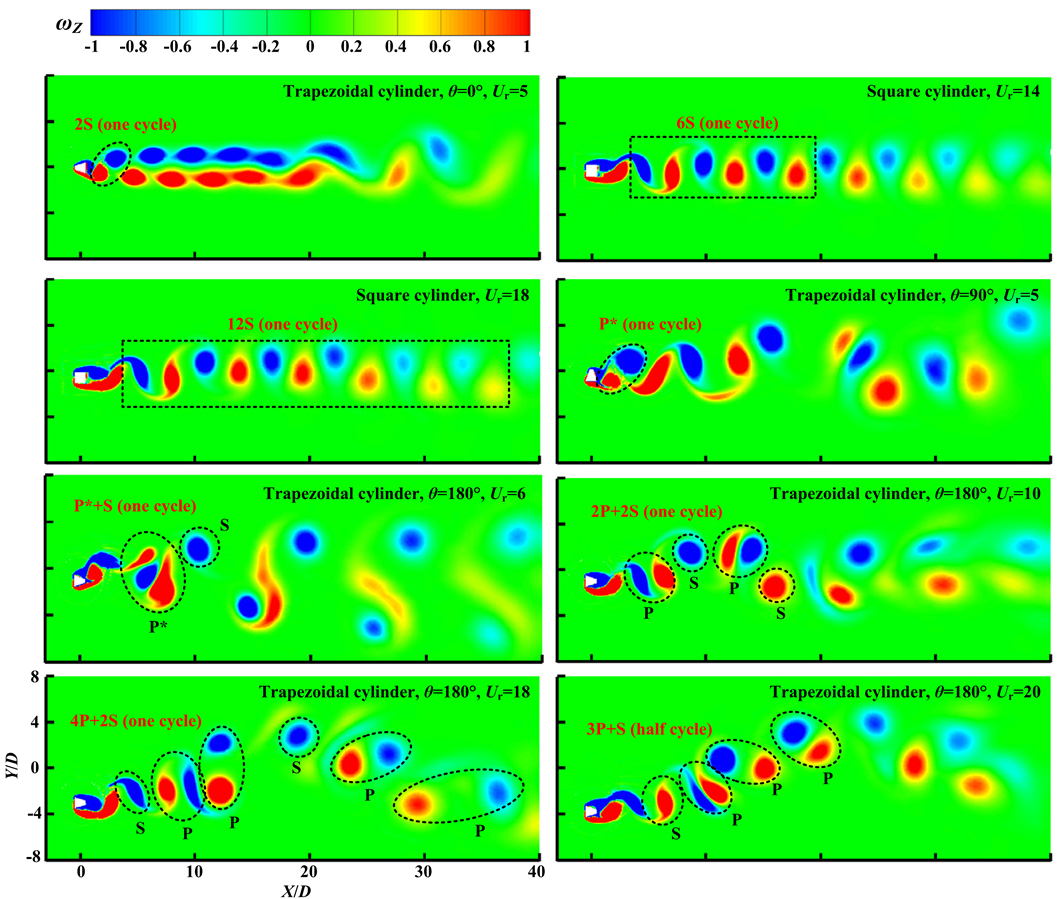Flow-induced vibration of a circular cylinder for fluid energy harnessing
In this project, various methods have been tried to increase the amplitude of vibration of a cylinder in steady currents under the effect of vortex-induced vibrations so that more fluid energy can be harnessed. In addition, the lock-on of the vibration is also extended. In terms of fluid energy harnessing, a few methods are also proposed.
Area of science
Civil Engineering
Systems used
Magnus
Applications used
OpenFOAMThe Challenge
This challenge of the project is to explore the passive methods for enhancing flow-induced vibration (FIV) to improve fluid energy harnessing efficiency. Specifically,
• utilize advanced computational fluid dynamics (CFD) models to investigate the intrinsic links between the flow characteristics and the associated changes in hydrodynamic forces for each proposed method.
• identify and optimize the control parameters to achieve high FIV amplitude over a broad range of synchronization and compare these results with those of a bare circular cylinder and a square cylinder.
• investigate the influences on vibration amplitude of multiple cylinders when they are in tandem and staggered arrangements and to optimise the gap ratio and staggered angle for maximum vibration amplitude and energy harvesting efficiency
The Solution
To increase fluid energy harnessing efficiency, flow over cylinders with various cross-sectional geometries in steady currents are simulated to examine their behavior in terms of vortex-induced vibrations (VIV). What is more, when two cylinders arranged in tandem are in steady current, the VIV responses are also examined. The width of the lock-on region for all cylinders is also compared so that the geometry of the cylinders can be optimized.
The Outcome
- Pawsey Computing Centre has assured the planned studies to be finished without significant delay.
- We were awarded about 2.5 Million core hours for this account. However, due to a large number of 3-dimensional simulations, the resources were always run out in the third month of the quarter.
- However, due to the fast speed of the computing, we still managed to finish simulations without much delay
List of Publications
Z Gao, M Efthymiou, L Cheng, T Zhou, M Minguez, W Zhao, 2021, Fatigue analysis of water intake risers: Hydrodynamic damping effect and a hybrid frequency-time domain method, Marine Structures 75, 102869.
Zhu, H., Tang, T., Gao, Y., Zhou, T. & Wang, J. 2021, Flow-induced vibration of a trapezoidal cylinder placed at typical flow orientations, Journal of Fluids and Structures. 103, 103291.
Zhu, H., Tang, T., Zhou, T., Cai, M., Gaidai, O. & Wang, J., 1 Dec 2021, High performance energy harvesting from flow-induced vibrations in trapezoidal oscillators, Energy. 236, 121484.
Zhu, H., Liu, W. & Zhou, T., Direct numerical simulation of the wake adjustment and hydrodynamic characteristics of a circular cylinder symmetrically attached with fin-shaped strips, 1 Jan 2020, In : Ocean Engineering. 195, 106756.
Zhu, H., Zhong, J. & Zhou, T. 2021, Wake structure characteristics of three tandem circular cylinders at a low Reynolds number of 160, Physics of Fluids. 33, 4, 044113









